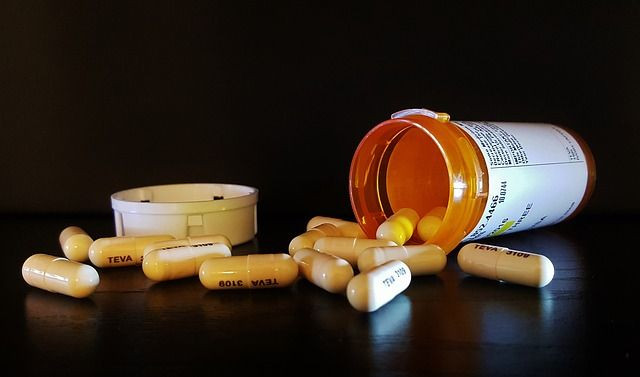Adults Fuel Antibiotic Resistance When They Take Medications Behind Their Doctor's Back

The emergence of so-called superbugs that are resistant to our most common antibiotics can be traced to many complex factors — from the dumping of low-dose antibiotics into our livestock to doctors prescribing them for viral infections that they can’t actually treat.
A new survey published Monday in the journal Antimicrobial Agents and Chemotherapy suggests a smaller but still notable reason for the rise in resistance: Some patients themselves are popping back antibiotics without their doctor’s say-so, often by hoarding their old prescriptions or borrowing them from friends and family.
“Studies addressing non-prescription antibiotic use in the United States have been restricted to Latin American immigrants,” explained the authors, adding that their current study was explicitly designed to focus on a more representative slice of the general public living around Houston.
The researchers ventured out to three primary care clinics scattered around the metropolitan area and invited every third adult patient who visited to take a short questionnaire, ultimately ending up with a diverse sample of 400 volunteers. Overall, 5 percent (20 people) admitted to having taken antibiotics in a non-prescription setting sometime in the past 12 months; 25 percent said they would be willing to do so in the future; and 14 percent said they had a stockpile of antibiotics at home.
The rates of actual nonprescription use were similar across racial and ethnic groups as well as between people who answered the survey in Spanish or English, leading the authors to conclude that the "problem of non-prescription use is not confined to Latino communities."
The percentage of use among Hispanic volunteers alone was lower than those seen in earlier studies of Latin American immigrants, which ranged from 16 to 26 percent. This might be because Houston has more Hispanics who were born in the country and who are likely wealthier than those living elsewhere. “Americans of Hispanic heritage may have different attitudes and behavior than more recent immigrants,” they wrote.
One inherent difference between first- and second-generation immigrants is the simple fact that many in the former group grew up in countries where antibiotics are commonly available over-the-counter, whereas that practice is expressly illegal in the United States.
Regardless of the ban, though, 40 percent of non-prescription users had purchased them over-the-counter from pharmacies and health stores. Twenty-four percent had gotten theirs from outside the U.S.; 20 percent got them from friends and family; 12 percent had simply held onto their antibiotics from a previous prescription; and at least one person got them from a veterinarian. Most who admitted to having antibiotics lying around at home similarly got them from an earlier visit to the doctor’s.
It’s also likely that people don’t actually need the medications they’re hoarding or taking from friends or family members. “The most common conditions patients reported self-treating with antibiotics were sore throat, runny nose, or cough — conditions that typically would get better without any antibiotic treatment,” said study co-author Dr. Larissa Grigoryan, a faculty member of the Baylor College of Medicine’s department of family and community medicine, in a statement.
There are certainly real fears justifying self-treatment with antibiotics. While the rates of non-prescription use were similar across different groups, 60 percent of people who said they would use them came from public clinics that cater to lower-income and minority neighborhoods, while 44 percent made less than $20,000 annually. Far from thumbing their nose at their doctors, many antibiotic hoarders may have been hoping to save money and time by avoiding future visits, the authors speculated.
Reasonable as these financial worries may be, Grigoryan and her colleagues believe that the public needs to be educated about the dangers of relying on non-prescription antibiotics. The United States already faces 2 million antibiotic-resistant infections a year, according to the Centers for Disease Control and Prevention, and some governments like the United Kingdom have estimated that antibiotic-resistant infections will eventually eclipse cancer in their annual death toll by 2050 without an immediate shift in how we use these once-miraculous medications or the discovery of new medications that can kill resistant bacteria.
Echoing these calls for action, the authors advocate a widespread change in “the culture of antibiotic use by improving awareness among the general public and professionals about the risks associated with antibiotic use, as well as reducing public misconceptions about the benefit of taking antibiotics for minor ailments.”
Source: Zoorob R, Grigoryan L, Nash S, et al. Non-prescription Antimicrobial Use In A Primary Care Population In The United States: Evidence For Action. Antimicrobial Agents and Chemotherapy. 2016.



























